Are Solar Wall Light Motion Sensors Up to the Task?
Solar wall lights with motion sensors are a hit for lighting up doorways, driveways, or fences without wasting energy. They’re supposed to turn on when you need them and stay off when you don’t, but lots of folks worry: Are these sensors actually sensitive enough? And do they go haywire over every stray cat or rustling leaf? Let’s dig into how these sensors work, what affects their performance, and how to set them up for reliable use.
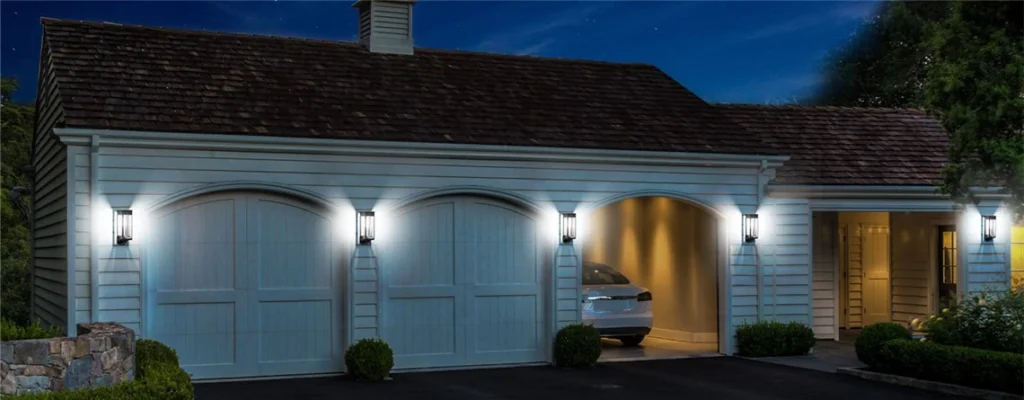
Motion Sensor Basics: Range and Angle
The motion sensor on a solar wall light is what makes it smart, but not all sensors are created equal. Here’s the lowdown on their range and detection angles:
- Range: Most solar wall lights detect motion from 3 to 8 meters (10–26 feet). Lower-end models lean toward 3–5 meters, while premium ones can hit 8 meters or more.
- Angle: Detection angles typically span 90° to 120°. A 90° angle is narrower, great for focused spots like doorways, while 120° covers wider areas like driveways.
- Height Impact: Mounting height (usually 2–3 meters) affects range. Higher mounts extend the detection zone but may weaken sensitivity at the edges.
For most homes, a 5–8-meter range with a 120° angle works well. Check your light’s specs to match it to your space.
Infrared vs. Microwave Sensors: What’s the Difference?
Solar wall lights use two main sensor types, each with its own strengths:
- Passive Infrared (PIR): Detects heat from moving objects, like people or animals. PIR sensors are common, affordable, and great for short-range detection (3–6 meters). They’re less likely to pick up non-living things like swaying branches.
- Microwave: Uses radio waves to detect motion, even through walls or glass. They’re more sensitive, with ranges up to 8–10 meters, but can be pricier and may trigger more easily from non-target movements.
- Which to Choose?: PIR is reliable for most home uses, like lighting a front door. Microwave sensors shine in larger or trickier spaces, like fenced yards with obstacles.
PIR is the go-to for most solar wall lights due to its balance of cost and performance, but check the product description to know what you’re getting.
Performance Across Different Scenarios
How well a solar wall light’s motion sensor performs depends on where you install it. Here’s how they fare in common setups:
- Doorways: A 90° PIR sensor at 2–2.5 meters high works great for catching people approaching the door. A 3–5-meter range is usually enough to light up as you walk up.
- Driveways: Wider 120° sensors with a 5–8-meter range are better here, especially if mounted higher (2.5–3 meters). Microwave sensors can handle cars or people moving faster.
- Fences or Perimeters: These need broader coverage, so a 120° sensor with at least a 6-meter range is ideal. Microwave sensors may pick up motion beyond the fence, which could be a pro or con.
Test your setup at night to ensure the sensor catches the right movements without leaving dark spots.
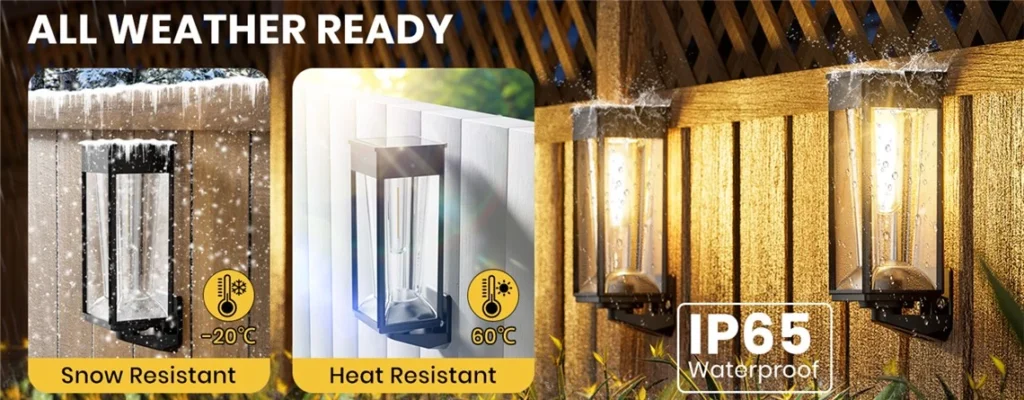
Avoiding False Triggers: Pets, Leaves, and More
Nobody wants their solar wall light flashing on every time a squirrel darts by or the wind shakes a tree. Here’s how to minimize false triggers:
- Adjust Sensitivity: Many models let you tweak the sensor’s sensitivity. Dial it down if small animals or leaves set it off too often.
- Angle Carefully: Point the sensor away from busy areas like streets or swaying branches. A slight downward tilt (10–20°) helps focus on human movement.
- Range Control: Some lights let you limit the detection range. For example, set a 5-meter range instead of 8 to avoid picking up distant motion.
- Clean the Sensor: Dust or spiderwebs on the sensor can mess with its accuracy. Wipe it gently with a damp cloth every few months.
Taking a few minutes to fine-tune these settings can make your solar wall light way more reliable.
Tips for Optimizing Your Solar Wall Light Setup
To get the best out of your motion-sensor solar wall light, try these practical pointers:
- Test at Night: Walk around your detection zone after dark to check if the light triggers when and where you want it to.
- Mount Strategically: Install at 2–3 meters high, avoiding obstructions like eaves or plants that could block the sensor.
- Check Battery Health: A weak battery can make the sensor sluggish. Ensure the solar panel gets 4–6 hours of direct sun daily to keep it charged.
- Use Timer Settings: Many lights let you set how long they stay on after motion (e.g., 10–60 seconds). Shorter times save battery for all-night use.
A little tweaking goes a long way to making your light both efficient and dependable.
Wrapping It Up: Trustworthy Motion Sensors for Solar Wall Lights
Solar wall lights with motion sensors are pretty darn reliable when set up right. Most offer a solid 3–8-meter range and 90°–120° detection angles, with PIR sensors being the standard for home use. They shine in doorways, driveways, and along fences, as long as you match the sensor type and settings to your needs. To avoid annoying false triggers from pets or wind, adjust sensitivity, angle, and range carefully. With a bit of testing and smart placement, your solar wall light will light up exactly when you need it, saving energy and keeping your home safe and welcoming.


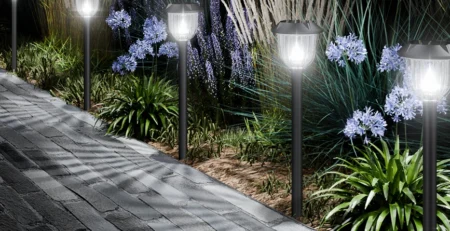
-4-450x231.webp)
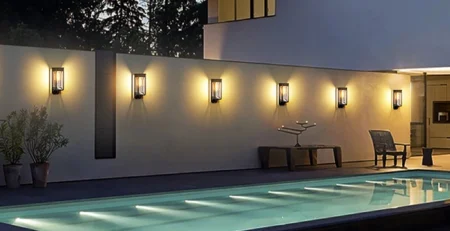
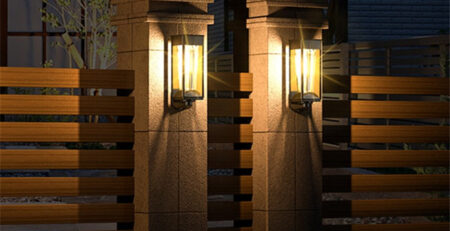

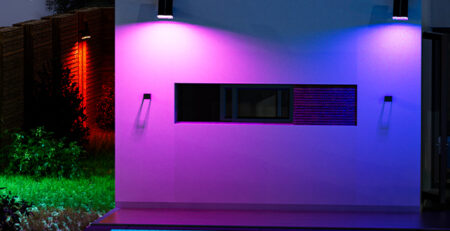
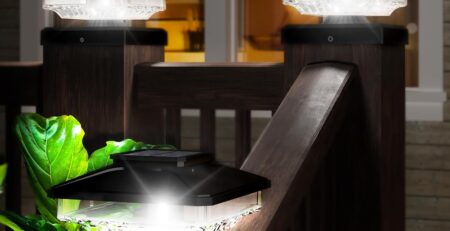

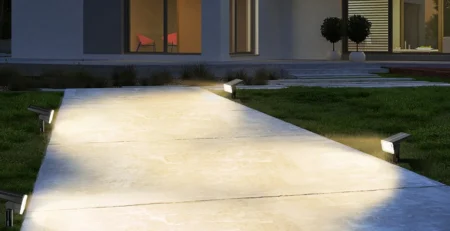
Leave a Reply